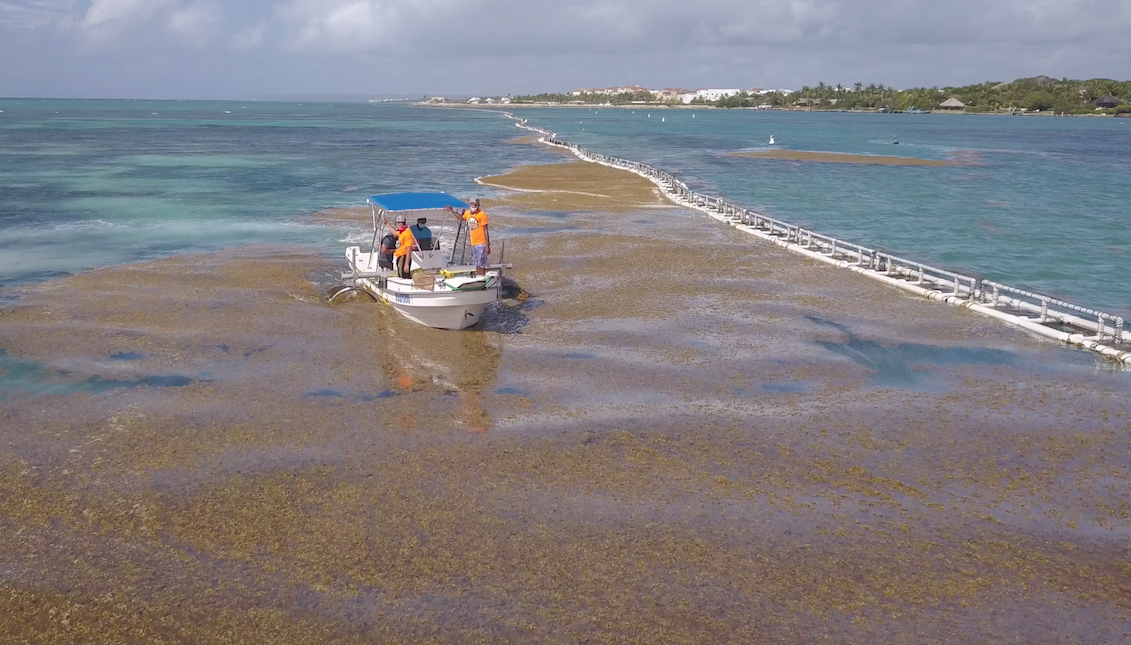
Major New Study Shows Hispanic, Black College Students Falling Further Behind
A major new report on higher education has found that Hispanics and African-Americans are completing college at rates far below those of their white counterparts. The study also revealed that rates of non-white and low-income students receiving bachelor’s degrees have seen little increase over the past 30 years.
The analysis was released by the Access to Success (A2S) Initiative, a project run by the heads of the 24 U.S. college and university systems with support from The Education Trust, a national organization that works to promote academic achievement. A2S was formed in 2007 with goals of increasing the number of college-educated adults and ensuring that their institutions of higher education graduated more students of color and those from families in the lowest-income brackets.
Their report, “Charting a Path,” culls data from a baseline survey of their member institutions, which according to A2S educate nearly 40 percent of undergraduates at four-year colleges and universities nationwide.
Survey results clearly show that non-white and low-income young adults are having far more difficulty receiving their degrees than are white students. While 36% of white young adults are attaining a bachelor’s degree, the rate is only 20% for blacks and 12% for Latinos. Once in college, students of color are much less likely than their white counterparts to graduate. An estimated six in ten white students earn bachelor’s degrees within six years, compared with only about four in ten students of color.
The report also found that the gaps separating Latino and African-American students from their white peers are wider today than in 1975. Thirty years ago, 24% of white young adults attained a bachelor’s degree, a figure more than double that of blacks (11%) and two and a half times that of Latinos (9%).
Today, white young adults are receiving degrees at a rate of 36%, Blacks are doing so at barely half that rate (20%), with Latinos at one-third (12%). Latinos have seen only a 3% growth in degree attainment over the last 30-plus years.
The differences between high- and low-income students are even more apparent. In 1975, 38% of high-income young adults attained a bachelor’s degree, compared to 7% of their low-income classmates. A staggering 76% of high-income young adults receiving a four-year degree, contrasted to only 10% of those from low-income families.
A2S participants claim these disparities cannot be corrected until policymakers have access to data that better reflect the attendees and graduates of colleges and universities. According to A2S, unlike their study, transfer and part-time students aren’t included in federal data collections, nor is the progress of low-income students tracked through college.
However, these previously uncounted students account for two-thirds of students in the A2S Initiative and a similar percentage of higher education enrollments nationwide.
“Students who aren’t counted don’t count when policies are debated and decisions are made,” said Jennifer Engle, assistant director of higher education at The Education Trust and coauthor of the report. “By measuring results for such nontraditional groups as low-income, transfer and part-time students, the A2S metrics provide an unprecedented view of how well institutions are serving their entire undergraduate enrollment, not just a select few.”
Each of the A2S participant-institutions sets its own progress goals for increasing graduation rates among targeted communities, but the organization is working collectively to achieve the goal of halving by 2015 the gaps in college-going and college-completion that separate low-income and non-white students from the others.
“Closing the achievement gap is not just a competitiveness issue for our nation. It is also the civil rights issue of our day,” said William E. Kirwan, chancellor of the University System of Maryland.
A2S hopes to pressure national leaders on the issue by invoking the struggling economy and promises made by President Obama. A press release announcing the survey results states, “President Obama set a goal for America to regain the global lead in college-degree attainment by 2020. In no small measure, our success in meeting this goal — and in helping our once-vital economy rebound to generate more job opportunities for all Americans — will depend on higher education leaders taking responsibility for making colleges work better for all of the students they serve.”
(Erick Galindo, based in Washington, D.C., is editor of Hispanic Link News Service. Email: [email protected]) Details of the study can be found at: http://www.edtrust.org/sites/edtrust.org/files/publications/files/NASH-E...









DEJE UN COMENTARIO:
¡Únete a la discusión! Deja un comentario.